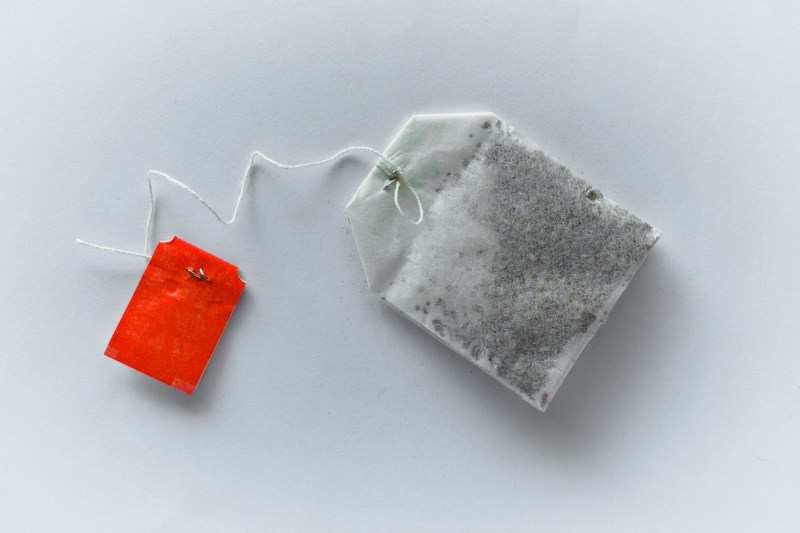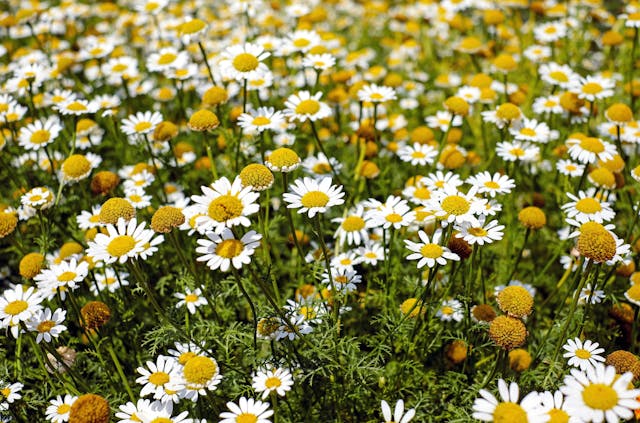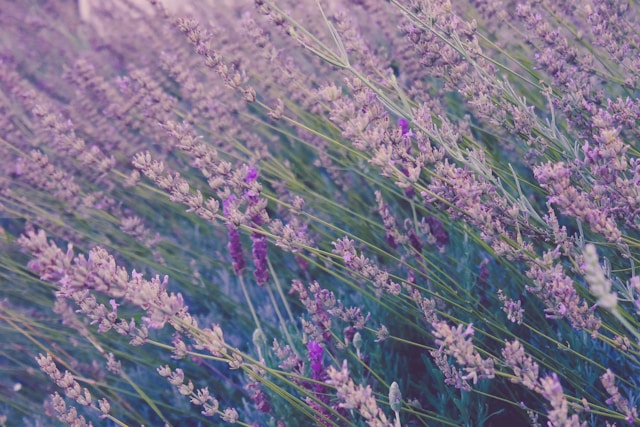
Searching the tea aisle at your local grocery store can get overwhelming with so many different varieties and purposes for herbal teas. One of the most popular herbal teas used for a variety of health purposes is chamomile tea. Chamomile tea benefits are quite diverse, supporting important aspects of health like digestive health and heart health.
One specific variety of chamomile tea, lavender chamomile tea, pairs two medicinal plants into one tea to offer more health benefits in each cup. Lavender chamomile tea is described as having a light, floral, and earthy taste and can be enjoyed on its own or with a drop of honey, stevia, or other sweetener. While this tea is more commonly consumed as a warm herbal tea, it can also be steeped in cold water and ice to be enjoyed as a cold tea.
Below, we’ll explore lavender chamomile tea’s benefits and how drinking this tea might help you elevate your health naturally. From helping to fight against inflammation to supporting healthy sleep, the benefits of chamomile lavender tea might just surprise you.

Fighting against inflammation
Almost everyone can benefit from sipping on some chamomile tea, as it contains several inflammation-fighting compounds. Research has found that chamomile contains a compound known as chamazulene that can help to reduce widespread inflammation. Inflammation is linked to several chronic health conditions, including cancer, autoimmune diseases, and more.
While chamomile tea offers great anti-inflammatory benefits on its own, the results are amplified when paired with lavender. Studies have found powerful effects of lavender oil to help reduce inflammation.

Improved sleep
Many people also enjoy a warm cup of chamomile tea before bed, thanks to its mild sedative properties. Chamomile tea contains a type of flavonoid called apigenin that is thought to bind to benzodiazepine receptors in the brain. Drinking a cup of chamomile tea about 45 minutes before bed can help get you relaxed and ready for sleep. In fact, one study found that those who consumed chamomile were able to fall asleep quicker and woke up less often throughout the night. Chamomile lavender tea blends are caffeine-free, which is the best type of herbal tea to consume for sleep.
Lavender is also thought to have positive effects on sleep hygiene, helping to calm brain function before sleep and triggering chemical reactions in the nervous system. Drinking lavender chamomile tea can help boost your brain’s production of dopamine and reduce stress, also helping to support better sleep. For those who suffer from insomnia or other sleep conditions, lavender chamomile tea is a safe, herbal remedy worth giving a try.

Supporting digestive health
The soothing properties of chamomile tea have been used in herbal medicine for many years. Chamomile tea contains many properties that help soothe the digestive tract and promote muscle relaxation. As such, chamomile tea is used frequently for any type of digestive condition, such as bloating, stomach pain, gas, diarrhea, and acid reflux. Those who have chronic digestive conditions such as IBS may also find chamomile tea to provide soothing, natural relief.
Like chamomile, lavender also works by relaxing the enteric nerves that line the gut. With this in mind, combining both chamomile and lavender in lavender chamomile tea offers great support for any type of stomach upset. Some people also find that the soothing effects of this tea also help relieve nausea. Some blends also contain added lemon balm or probiotics to help support healthy digestion, such as Bigelow’s Lavender Chamomile Plus Probiotics tea blend. Be sure to allow your chamomile tea to steep for at least three to five minutes to make sure you get the most benefit from it.

Immune system support
Chamomile tea is one of many herbal teas known to help provide immune system support. Since ancient times, chamomile tea has been used to help support recovery from colds and other viral illnesses. The bioactive phytochemicals found in chamomile function as antioxidants, which help to boost the immune system and support a speedy recovery.
In addition, the compound chamazulene found in chamomile tea can help speed up recovery and reduce the aches and pains associated with some flu and flu-like illnesses. Lavender also contains antiseptic properties, which can be helpful to soothe the GI system during illnesses.

Trying chamomile teas
Chamomile tea is a great option to help calm your nervous system, support better sleep, and soothe your digestive system. In chamomile lavender tea varieties, these two medicinal plants work together to create a gentle, relaxing feeling and support restful sleep. If you’re looking for drug-free ways to support your health and wellness, herbal tea is certainly worth a shot.
Editors' Recommendations
- Black tea vs. green tea: Which offers more benefits?
- These are the healthiest vegetables you need to start eating now
- Improve your skin and eyes with these delicious foods high in vitamin A
- Does salt break a fast? The answer may surprise you
- Plant-based diet facts: A beginner’s guide to this lifestyle




